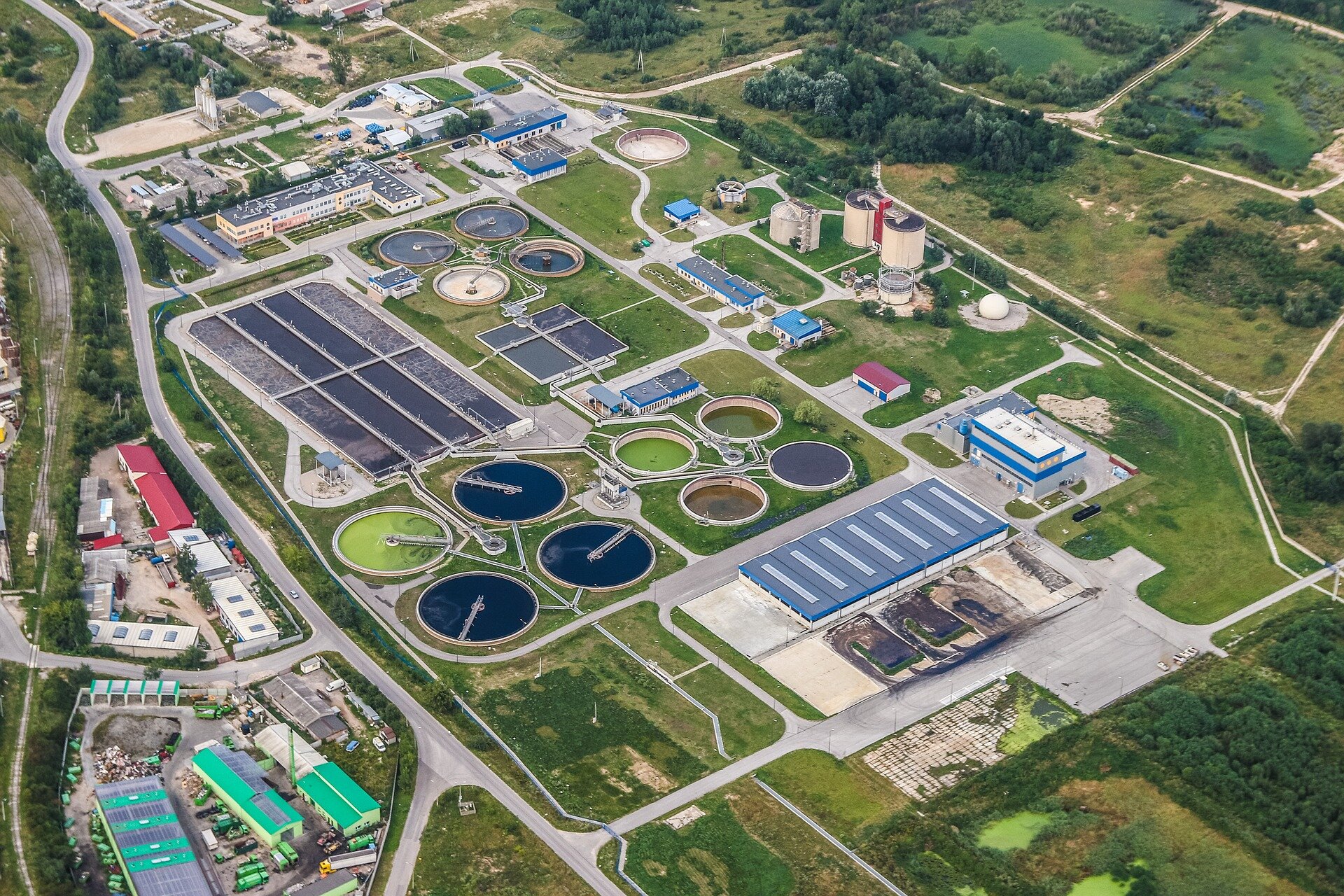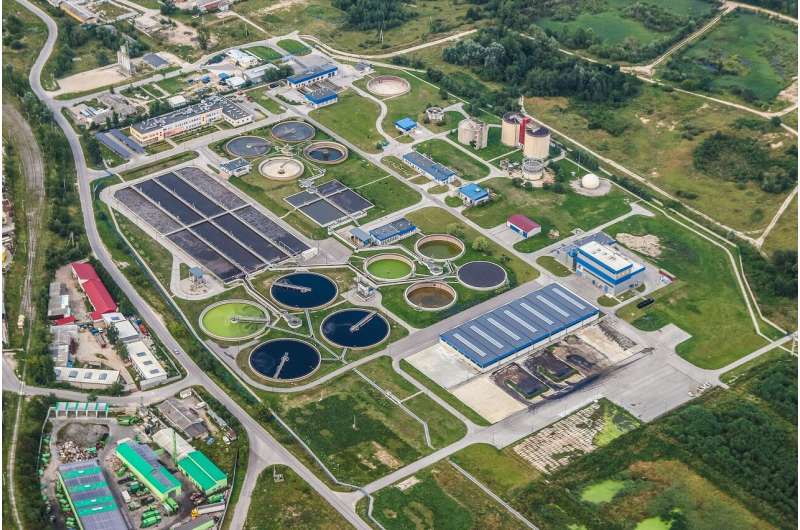

Metal peroxide (MO2, M=Ca, Sr, Ba) is an alternative to hydrogen peroxide (H2O2). It has excellent oxidative properties, superior chemical stability, high purity, and is easy to store and transport. It has been widely used in wastewater treatment and disinfection.
A Chinese research group has developed a novel self-cleaning electrode by constructing a micro-/nanostructure of a highly active catalyst with appropriate surface modification, achieving highly stable synthesis of alkaline-earth MO2. Their study is published in Nature Nanotechnology.
The current primary synthesis process of MO2 involves fast decomposition of H2O2, leading to insufficient utilization of H2O2.
In this study, led by Prof. Lu Zhiyi at the Ningbo Institute of Materials Technology and Engineering (NIMTE) of the Chinese Academy of Sciences, in collaboration with Prof. Jia Jinping at Shanghai Jiaotong University, the researchers proposed an in situ electrochemical synthesis process to lessen economic losses and reduce explosion risks arising from H2O2 transportation and storage.
High-concentration H2O2 generated by two-electron electrochemical oxygen reduction (2e– ORR) can be efficiently converted into MO2 on the electrode surface. However, severe adhesion of solid MO2 product to the electrode surface can directly shut down the system.
To reduce surface adhesion, the research group constructed a Ni-doped oxygenated carbon electrode with Teflon coating (T-NiOC) as well as a micro-/nanostructure and low surface energy. This greatly reduced the solid–liquid contact area, facilitating rapid detachment of in situ generated MO2 from the self-cleaning electrode surface.
The T-NiOC electrode showed accumulated selectivity of ~99% and stability for more than 1,000 hours at a current density of 50 mA cm-2 for electrochemical synthesis of MO2, thus demonstrating broad application potential.
Compared with H2O2, as-synthesized CaO2 performed better in tetracycline degradation with hydrodynamic cavitation (HC).
This work could help pioneer and revolutionize other electrochemical solid-state synthesis reactions.
More information:
Self-cleaning Electrode for Stable Synthesis of Alkaline-earth Metal Peroxides, Nature Nanotechnology (2024). DOI: 10.1038/s41565-024-01815-x
Provided by
Chinese Academy of Sciences
Citation:
Novel self-cleaning electrode developed for alkaline-earth metal peroxide synthesis (2024, October 28)
retrieved 28 October 2024
from https://phys.org/news/2024-10-electrode-alkaline-earth-metal-peroxide.html
This document is subject to copyright. Apart from any fair dealing for the purpose of private study or research, no
part may be reproduced without the written permission. The content is provided for information purposes only.